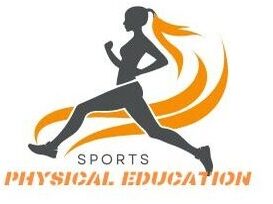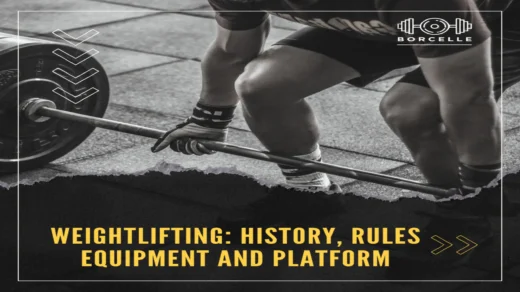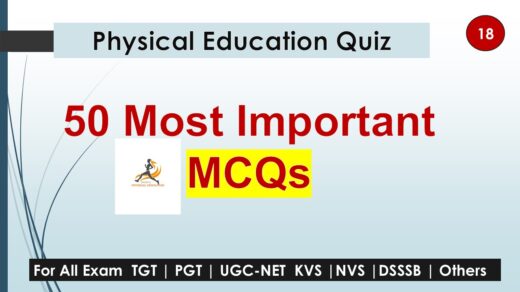Physical Education as an Art and Science: A Comprehensive Approach to Holistic Development
Physical education (PE) is traditionally seen through the lens of physical activity and sports, but its true essence transcends these boundaries. It embodies both art and science, combining creative expression with empirical knowledge to foster holistic development. This dual nature of physical education makes it a unique and indispensable component of modern education. Let’s delve into how PE serves as both an art and a science.
The Art of Physical Education
Creative Movement and Expression
Physical education allows individuals to express themselves creatively through movement. Dance, gymnastics, and rhythmic exercises are prime examples of how PE incorporates artistic elements. These activities enable students to explore their creativity, express emotions, and communicate through body language.
Aesthetic Appreciation
The art of physical education involves an appreciation of form, beauty, and aesthetics. This is evident in activities like synchronized swimming, figure skating, and martial arts, where the grace, precision, and fluidity of movements are celebrated. PE encourages students to appreciate the artistic aspects of physical activity, fostering a deeper connection with their bodies and movements.
Personal and Cultural Expression
Physical education provides a platform for personal and cultural expression. Traditional dances, indigenous sports, and culturally significant games allow students to connect with their heritage and share it with others. This cultural exchange enriches the learning experience and promotes diversity and inclusivity.
The Science of Physical Education
Anatomy and Physiology
At its core, physical education is grounded in the scientific understanding of the human body. Knowledge of anatomy and physiology is crucial for designing effective PE programs. Understanding how muscles, bones, and joints work together enables educators to teach movements that enhance strength, flexibility, and coordination safely.
Exercise Science
Exercise science is a critical component of physical education. It encompasses the study of how physical activity affects the body, including the cardiovascular, respiratory, and muscular systems. This scientific knowledge helps in creating targeted exercise regimes that improve fitness, prevent injuries, and enhance overall health.
Psychology and Behavior
The science of physical education also delves into psychology and behavior. Understanding the mental and emotional aspects of physical activity is essential for motivating students, building resilience, and promoting a positive attitude towards fitness. Techniques from sports psychology, such as goal setting, visualization, and stress management, are integral to PE programs.
Integrating Art and Science in Physical Education
Holistic Curriculum Design
A well-rounded PE curriculum integrates both art and science, offering activities that develop physical skills while also encouraging creative expression. For example, a gymnastics program might combine technical training with choreographed routines, blending scientific principles with artistic performance.
Innovative Teaching Methods
Physical education instructors can use innovative teaching methods that incorporate artistic and scientific elements. Interactive activities, experiential learning, and project-based assignments can make PE classes more engaging and effective. For instance, students might create their own fitness plans based on scientific principles and then present them creatively.
Technology and Modern Tools
The integration of technology in PE enhances both its artistic and scientific aspects. Wearable fitness trackers provide data on physical performance, while virtual reality can create immersive environments for activities like dance and sports training. These tools bridge the gap between empirical data and creative exploration, enriching the PE experience.
The Benefits of Viewing PE as Both an Art and Science
Enhanced Learning Experience
Combining art and science in physical education creates a more comprehensive and engaging learning experience. Students gain a deeper understanding of their physical capabilities and develop a greater appreciation for movement as a form of expression.
Personal Development
This integrated approach fosters personal development, helping students build confidence, self-discipline, and emotional intelligence. By exploring both the scientific and artistic aspects of physical activity, students learn to set and achieve goals, overcome challenges, and express themselves authentically.
Lifelong Skills and Habits
Viewing PE as both an art and science instills lifelong skills and habits. Students learn to appreciate the importance of physical fitness, develop creative problem-solving skills, and adopt a balanced approach to health and well-being. These lessons extend beyond the classroom, influencing their overall quality of life.
Conclusion
Physical education, when seen through the dual lenses of art and science, offers a rich and multifaceted approach to learning. It not only enhances physical fitness but also nurtures creativity, emotional well-being, and cognitive development. By embracing both the artistic and scientific elements of PE, educators can provide a more holistic education that prepares students for a healthy, balanced, and fulfilling life. As we continue to evolve our educational paradigms, the integration of art and science in physical education stands as a testament to the limitless potential of human development.



